Lesotho struggles to adopt copyright laws to digital age

SHARE THIS PAGE!
The 1989 Copyright Order, a vital component of Lesotho’s intellectual property framework, has been deemed inadequate for navigating the intricacies of digital music distribution.
This largely due to its development during an era when digital technologies and the internet were not as ubiquitous as they are today.
In this interview with theReporter’s Boitumelo Motsemoholo, Lesotho Copyright Society of Authors and Artists (LESCOSAA) acting chief executive officer, Maema Chaka, delves into the shortcoming of the copyright law and how it fails to adequately address the modern-day digital distribution challenges.
Chaka says while the copyright order contains provisions that could be interpreted to address digital distribution, its language is too broad and vague to provide a clear framework for content creators and distributors.
There is an urgent need for legislation that explicitly considers digital distribution and streaming of music, she notes.
What are the key copy right laws governing music in Lesotho, and how do they protect artists’ rights?
In Lesotho, the framework governing copyright is primarily established by Copyright Order Number 13 of 1989, which lays the foundational legal principal for copyright protection in the country. This is further complemented by the Copyright regulations of 2015, which provides more detailed guidelines and procedures for the implementation of copyright laws.
Additionally, there have been recent developments in the form of newly published music tariffs, which are designed to regulate the financial aspects of music usage and ensure fair compensation for artists.
These legal instruments collectively serve to protect the rights of artists in several ways. Firstly, they grant creators exclusive rights to their works, allowing them to control how their music is used, reproduced, and distributed. This exclusivity is crucial for artists, as it enables them to monetise their creations and receive recognition for their contribution to the music industry.
Moreover, the regulations outline the processes for licensing and royalties, ensuring that artists are compensated when their music is played in public or used commercially. This is particularly important in a digital age where music can be easily shared and accessed, as it helps to safeguard the financial interests of musicians and composers.
How can musicians and composers register their works to ensure their rights are protected?
Under copyright system, the copyright law provides for automatic protection, meaning the work is protected from the moment of creation. Once a work is created, there is no need for formalities such as registrations for the work to be protected because Lesotho is part of an agreement called the BAN Convention on the artistic wok of 1886.
What organisations in Lesotho are responsible for managing performance rights for artists? How do they operate?
Organisations that oversee and manage such activity are referred to as collective management organisations (CMOs). These entities play a crucial role in the administration and protection of intellectual property rights, particularly in the creative and cultural industries.
CMOs are responsible for ensuring that the rights of creators, such as authors, musicians, and artists, are safeguarded and that they receive fair compensation for the use of their work. There is currently only one officially recognised CMO in Lesotho, known as the Lesotho Copyright Society of Authors and Artists (LESCOSAA).
LESCOSAA was established under the provisions of the copyright order of 1989, specifically under section 31 of this legal framework. This legislation was introduced to provide a structured and formalised approach to copyright management in the country, ensuring that the rights creators are protected and that their works are not exploited without proper authorisation.
The mandate of LESCOSAA includes several key responsibilities. Firstly, the organisation is tasked with registering rights holders, which involves maintaining a comprehensive database of individuals and entities that hold copyright over creative work. This registration process is important for ensuring that the rightful owners of intellectual property are identified and recognised.
It is also responsible for licensing commercial users.
What mechanisms are in place to enforce music rights in Lesotho, and how effective are they?
The enforcement mechanism for protecting music rights in Lesotho are established under the copyright order of 1989, with section 36 specifically addressing civil remedies available to rights holders. This provision empowers the owner of a protected work, such as musical composition, to seek legal redress through the courts in cases of copyright infringement.
The owner has the authority to take action to prevent unauthorised use of their work, claim damages for any losses incurred, and obtain injunctions to stop the distribution or exploitation of unlawfully obtained materials. Since copyright is a private right, the responsibility to enforce it lies with the owner, who must actively pursue remedies to protect their intellectual property.
These mechanisms are designed to provide a legal framework for safeguarding creative works and ensuring that creators are fairly compensated for their efforts. However, the effectiveness of these enforcement mechanisms in Lesotho depends on several factors, including the accessibility of legal resources, the efficiency of the judicial system, and the level of public awareness regarding copyright laws. While the legal framework exists to protect music rights, challenges such as limited enforcement capacity, and lack of widespread knowledge about copyright protection.
How does copyright laws in Lesotho address digital distribution and streaming of music?
While the provision was initially understood to apply primarily to cable distribution, it can now be interpreted in a more forward-looking manner to encompass digital distribution methods, including streaming. This interpretation allows for some level of adaptability within the existing legal framework, even though it was not originally designed with digital technologies in mind.
Despite this potential for interpretation, Lesotho’s copyright framework still falls short in fully addressing the challenges posed by modern technological advancement. One limitation is that Lesotho is not yet a member state of key international agreements known as international treaties. These includes the WIPO copyright treaty, the WIPO performances and phonograms treaty, and the Beijing treaty on audio-visual performances.
Are there initiatives to educate artists about their rights and the importance of protecting their intellectual property?
As LESCOSAA, one of our primary mandates is to raise awareness about copyright and intellectual property rights, particularly among creatives and artists. To fulfil this mission, we actively organise workshops and training sessions aimed at educating artists about the importance of copyright protection and the rights they hold as creators. These workshops serve as a platform to provide in depth knowledge about artists can safeguard their work, navigate copyright laws, and understand the value of their intellectual property in the creative industry.
We have also launched several initiatives to reach a broader audience and disseminate information more effectively. One of our key initiatives is called LESCOSAA Mondays, which takes place on our Facebook page, every Monday, where we share new information about copyright issues, including updates on laws, practical advice for artists, and insights into how they can protect their creative works. This initiative is designed to be an accessible source of knowledge for artists, ensuring that they stay informed about their rights and responsibilities in the evolving landscape.
How does collective licensing work in Lesotho, and what are its benefits for artists?
Collective management refers to the organised process of managing and licensing copyright on behalf of rights holders, a task carried out by CMOs. These organisations play a crucial role in presenting the interests of copyrights, such as musicians, composers, and other creators, by acting as intermediaries between them and the users of their work.
Managing copyright on an individual basis is often impractical and inefficient, especially in scenarios where commercial users, such as radio stations, need to obtain licenses for the music they broadcast. For instance, if a radio station was required to individually locate and negotiate with every rights holder for each song they play, the process would be time consuming, costly, and logically challenging.
Similarly, it would be equally burdensome for rights holders to approach every commercial user to negotiate licenses and monitor the use of their work. This is where CMOs step in to streamline the process. They serve as a central hub for copyright management, facilitating the clearance of rights in a way that benefits both rights holders and users. For users such as broadcasters, CMO provides a one-step solution for obtaining licenses. By paying a licensing fee to the CMO, users can be assured that they have legally cleared the rights to use the music.
On the other hand, rights holders benefit from the services of CMOs by granting them a mandate to manage their copyrights. This mandate allows the CMO to license, collect royalties, and monitor the use of their work on behalf of the rights holders.
`Can you provide examples of successful cases where artists in Lesotho have defended their music rights?
In 2023, one of our members approached LESCOSAA to report an incident involving an internet shop illegally selling their music for M5.00 per track. In response, LESCOSAA in collaboration with the police, conducted a targeted operation to address the issue. The operation successfully apprehended the owner of the business responsible for the unauthorised sales. The individual was taken to court, where he got convicted of copyright infringement. As stipulated under the copyright order, the penalty for such an offense is either a fine of M12,000 or a prison sentence of five years.
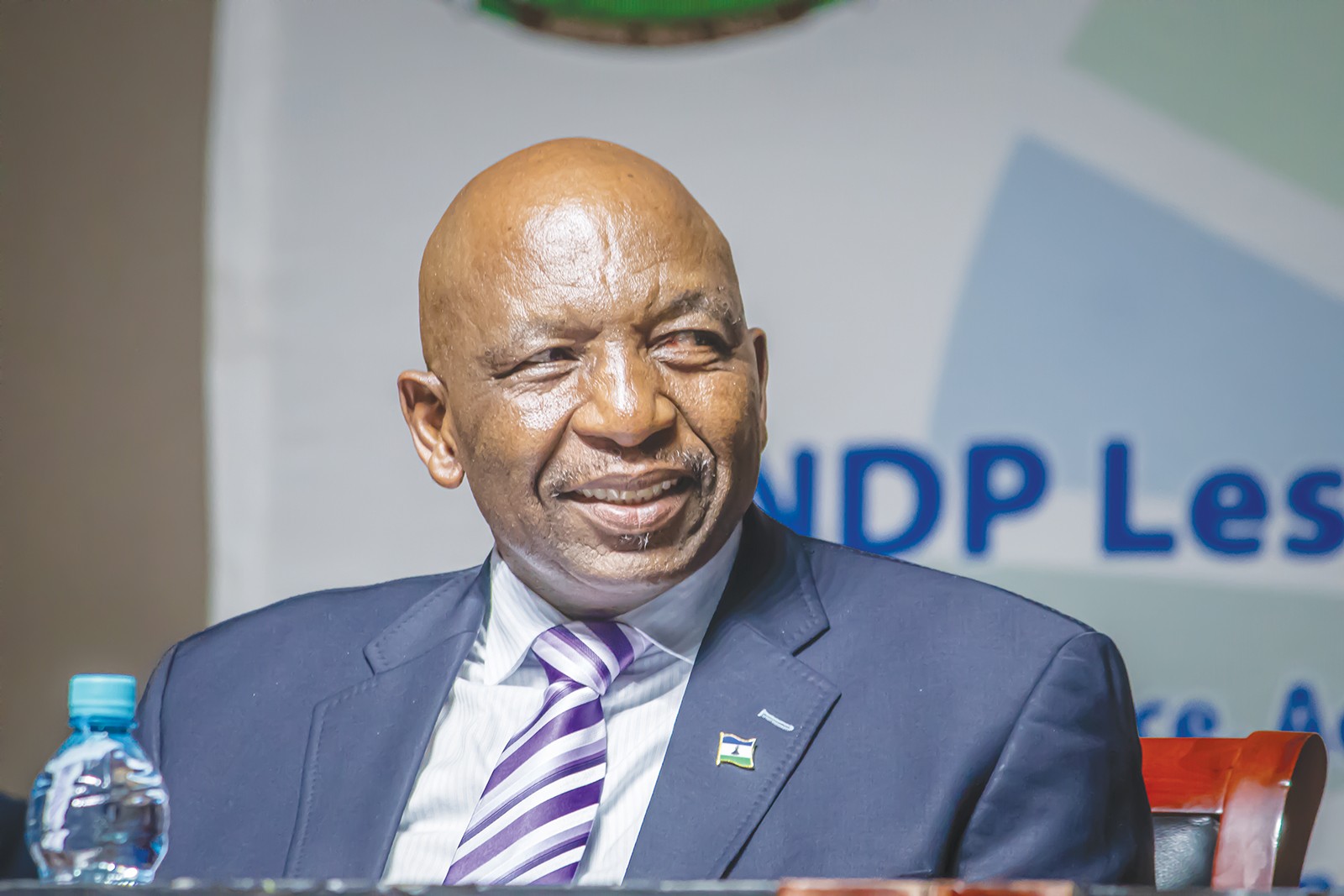
Matekane mourns former Kenyan PM Odinga
6 days ago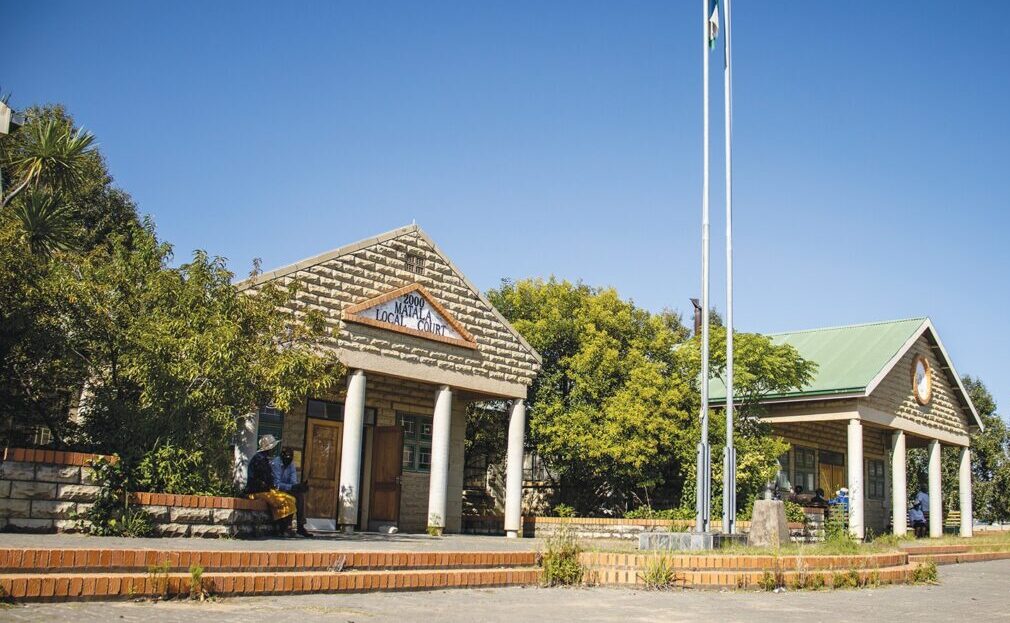
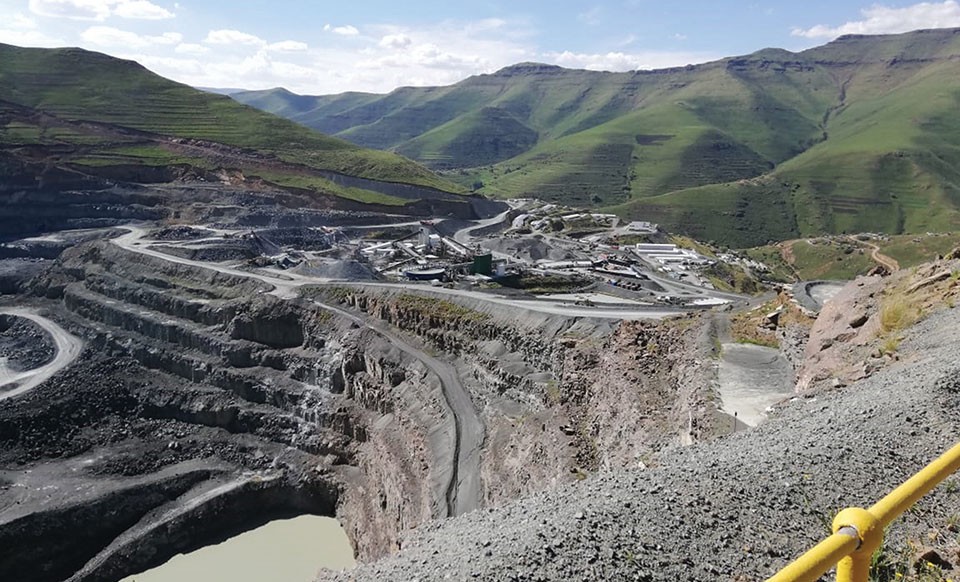
Union blasts govt as Kao Mine faces shutdown
8 days ago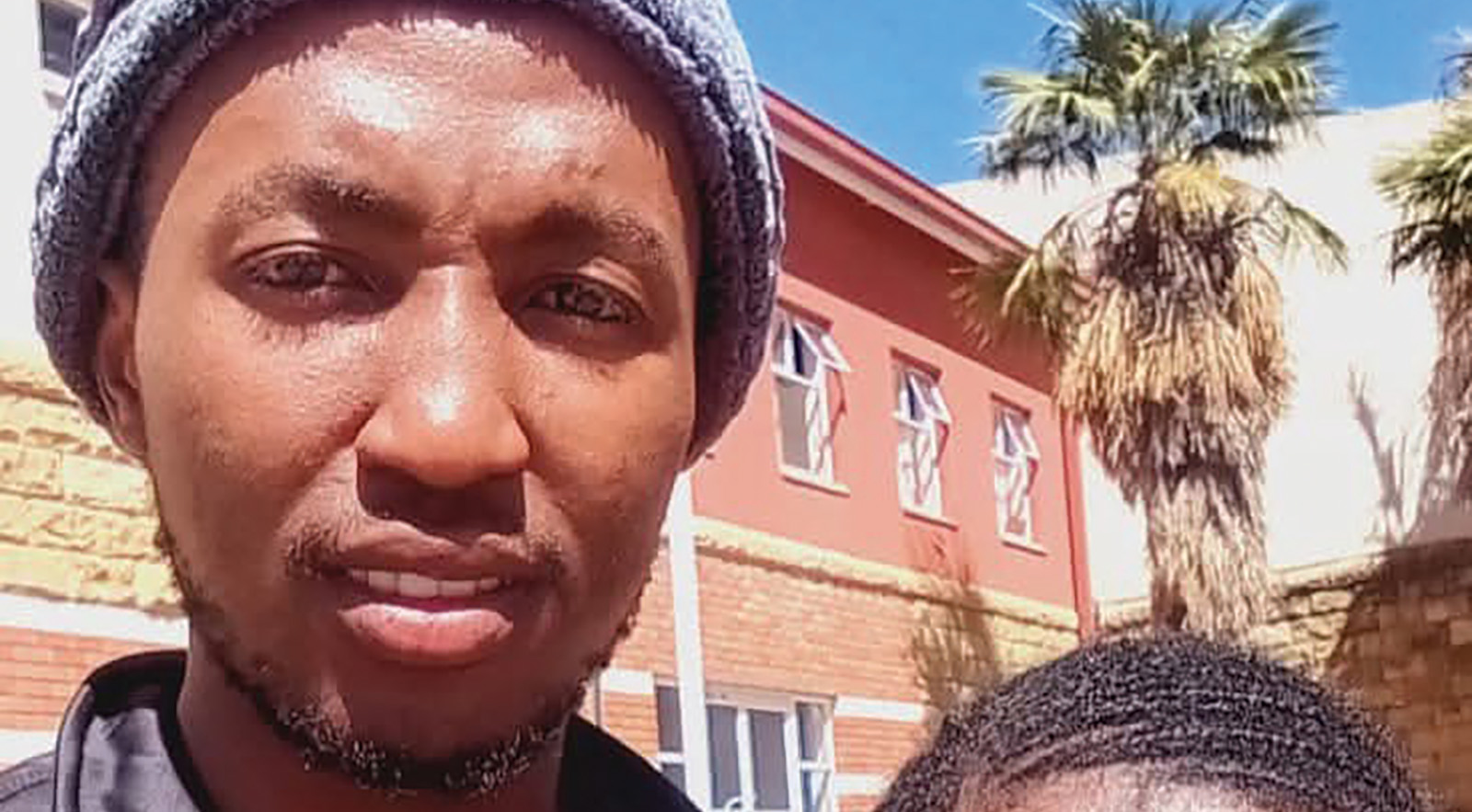
NUL students invent M200 heartbeat tracker
8 days ago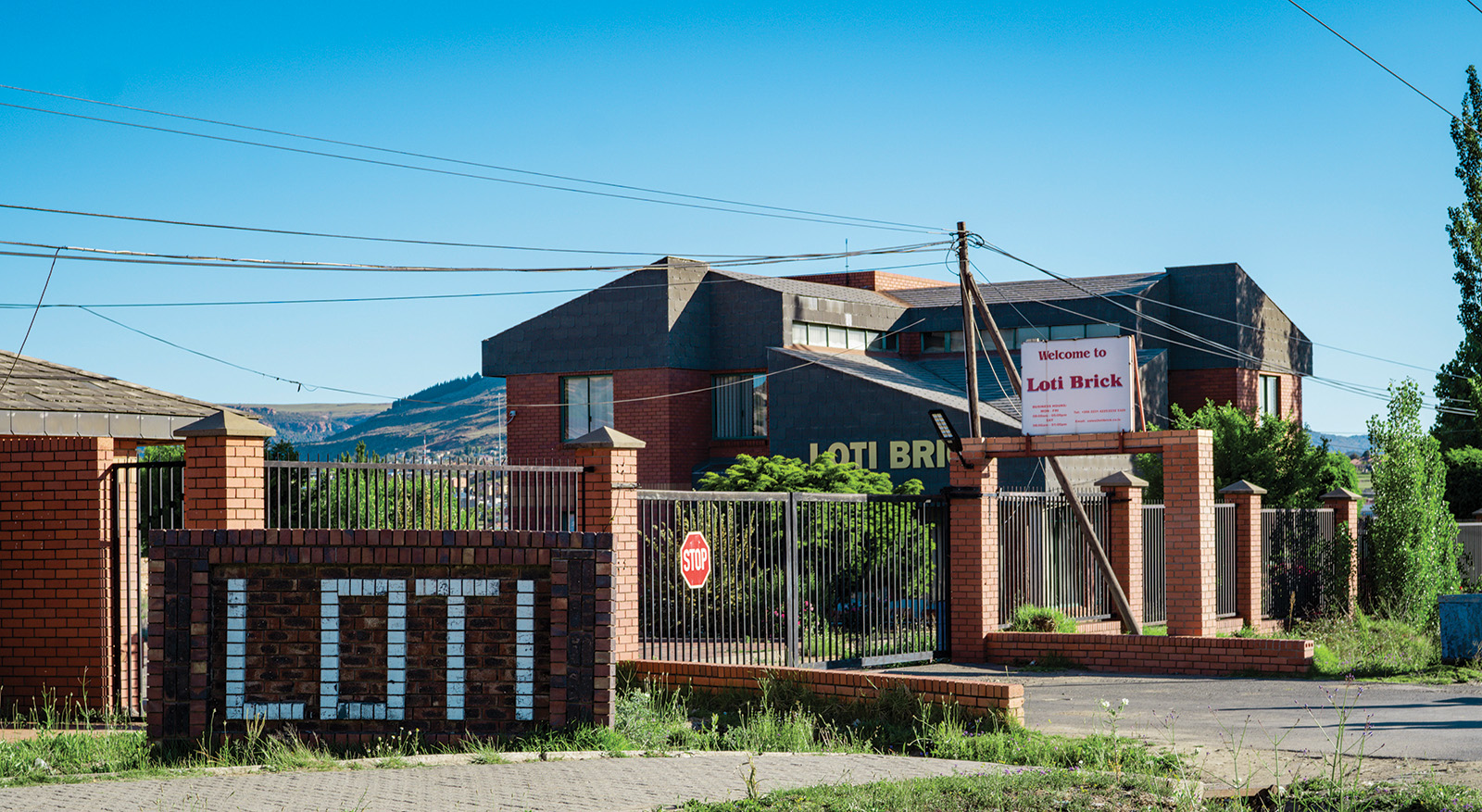
LNDC seeks Loti Brick liquidation
8 days ago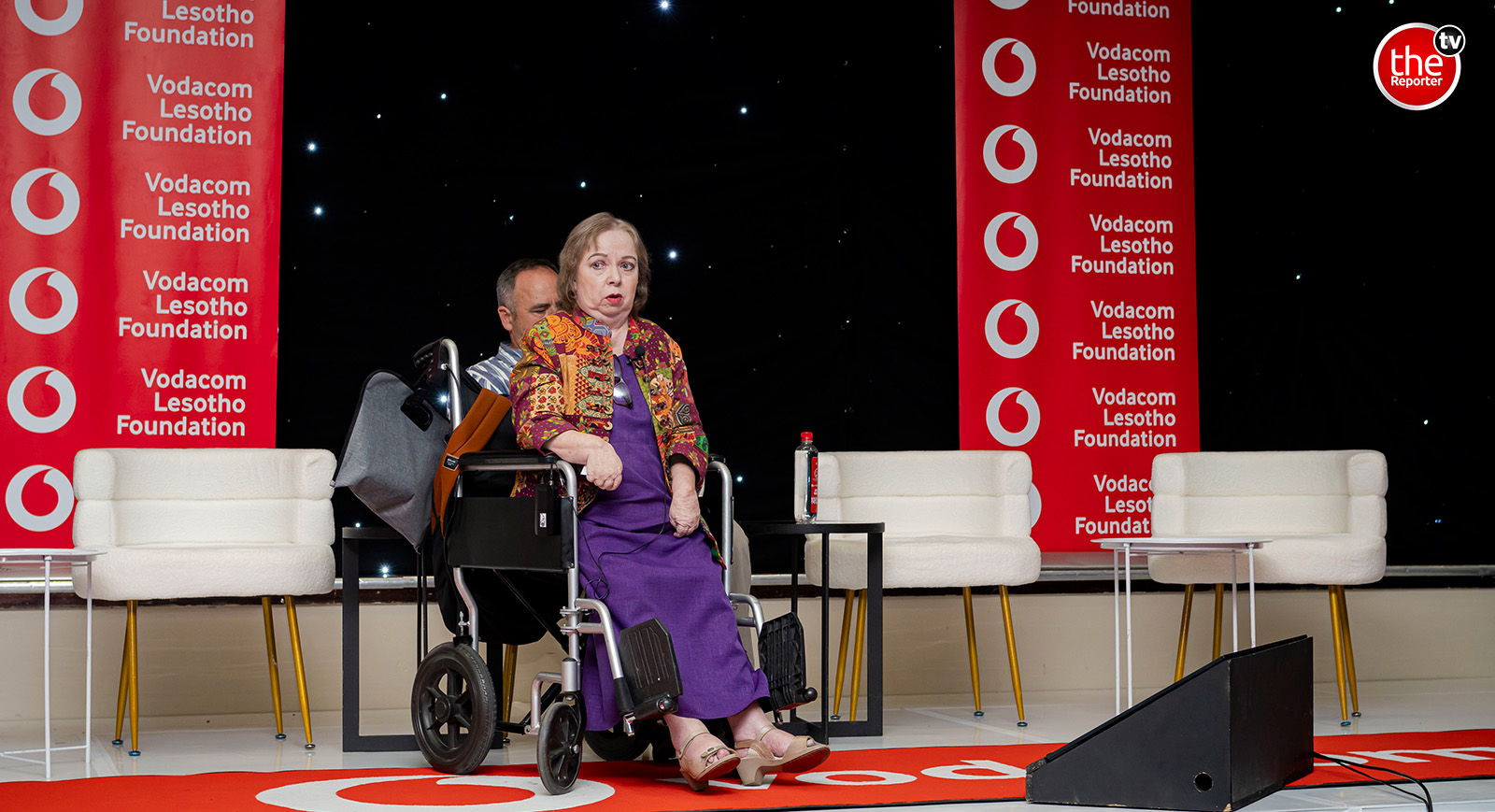
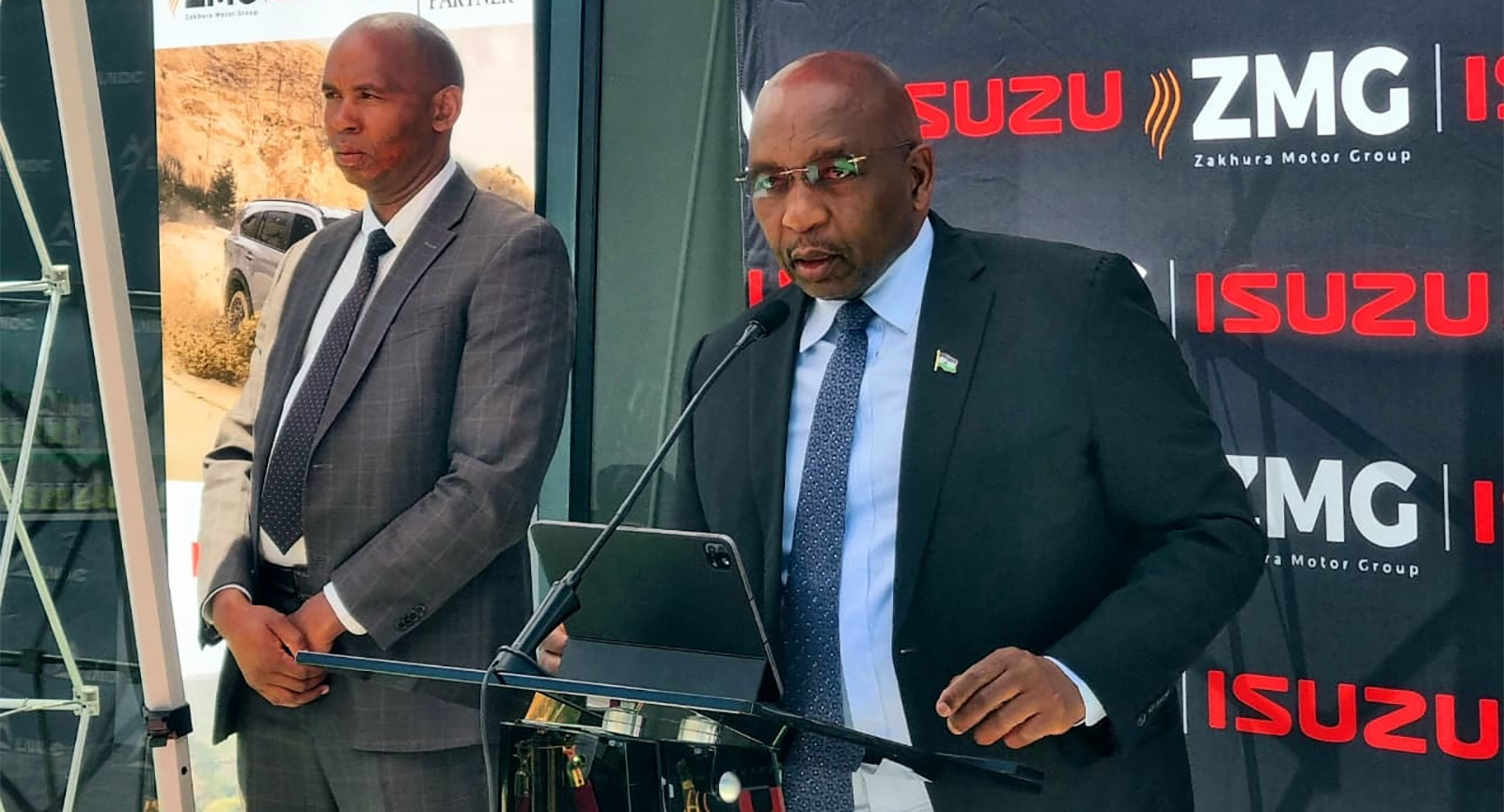
Matekane launches ZMG Isuzu dealership
8 days ago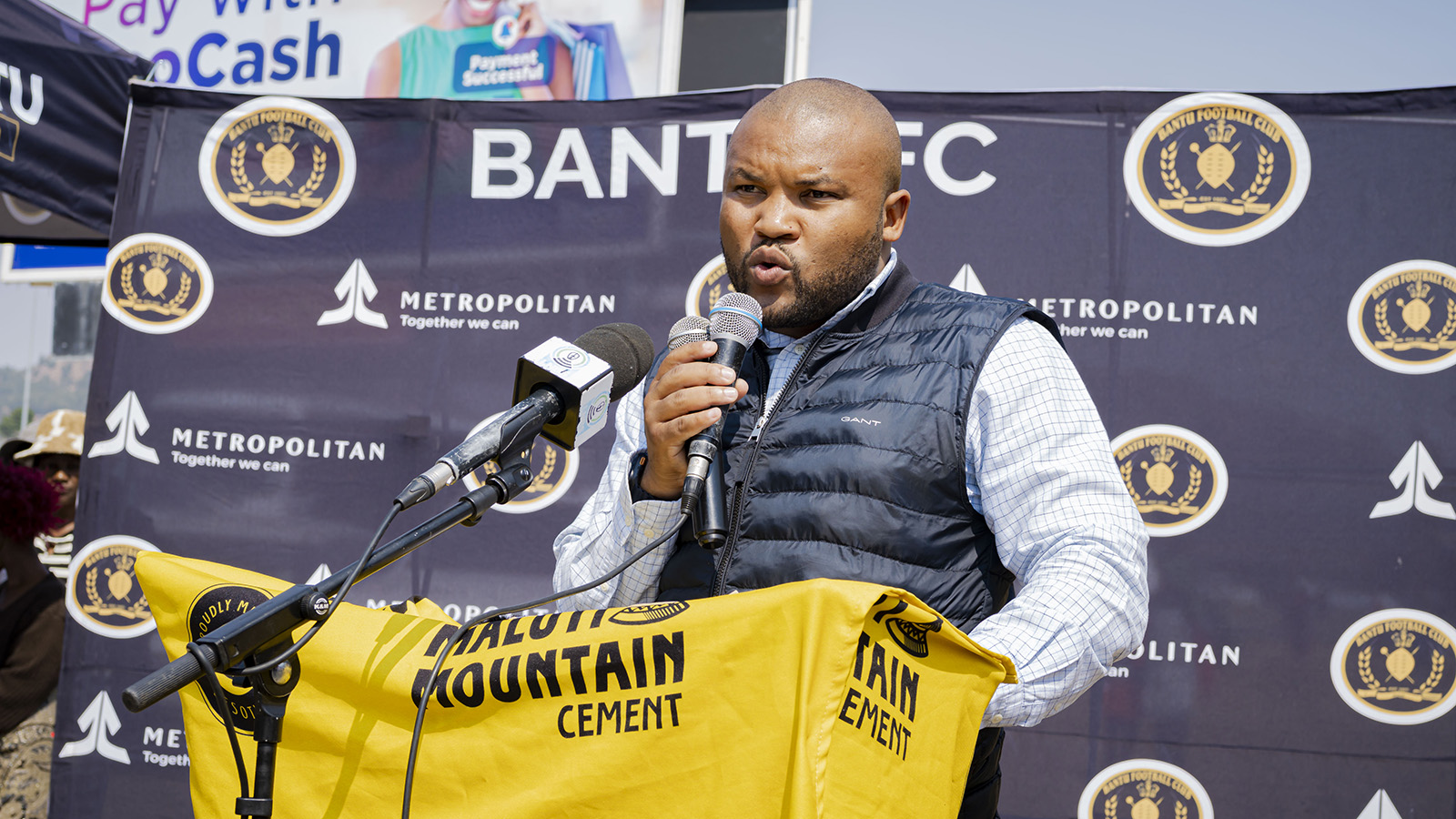
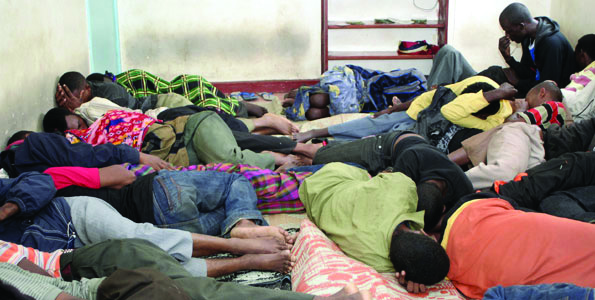
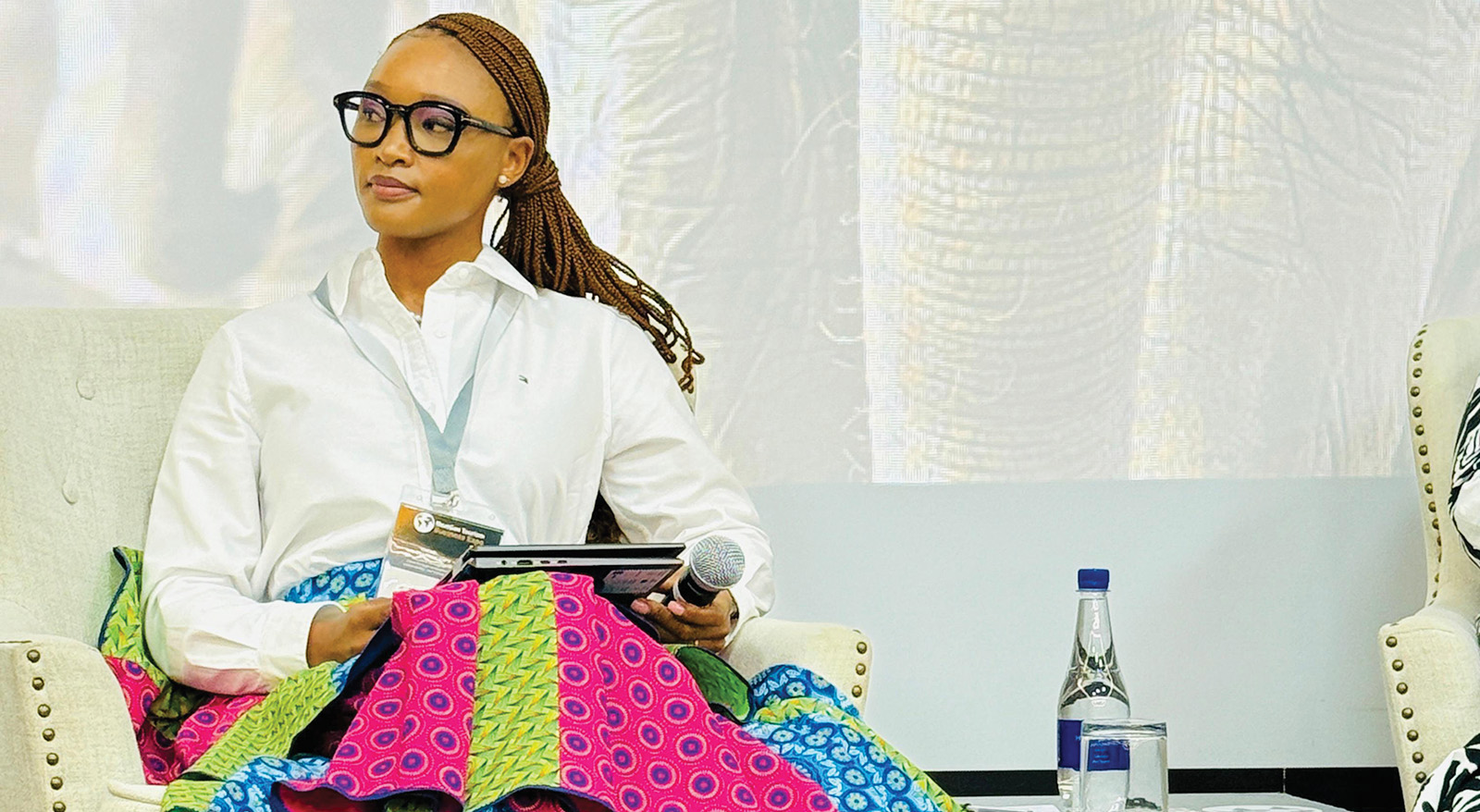
Mopeli puts Lesotho on global tourism map
11 days ago